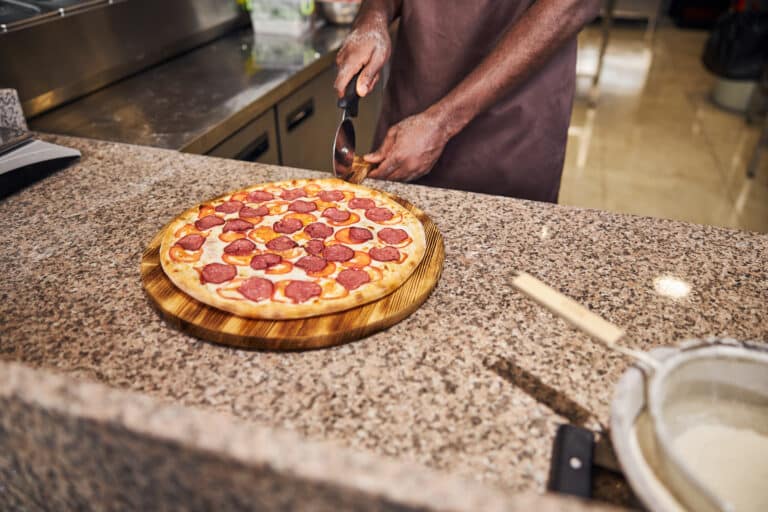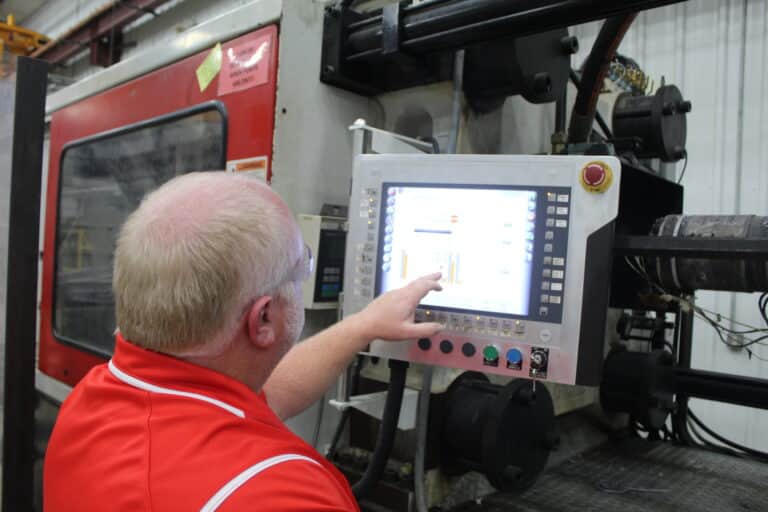
Revolutionizing Efficiency: How Pioneer Plastics Transformed a Global Pizza Chain’s Operations
Pioneer Plastics, based in Dixon, Kentucky, is a leading custom plastic injection molding manufacturer with a rich history of service and innovation within the plastics







